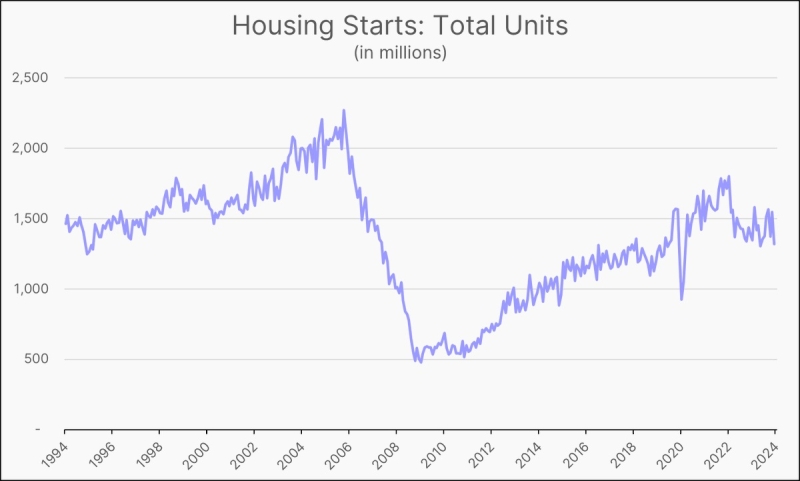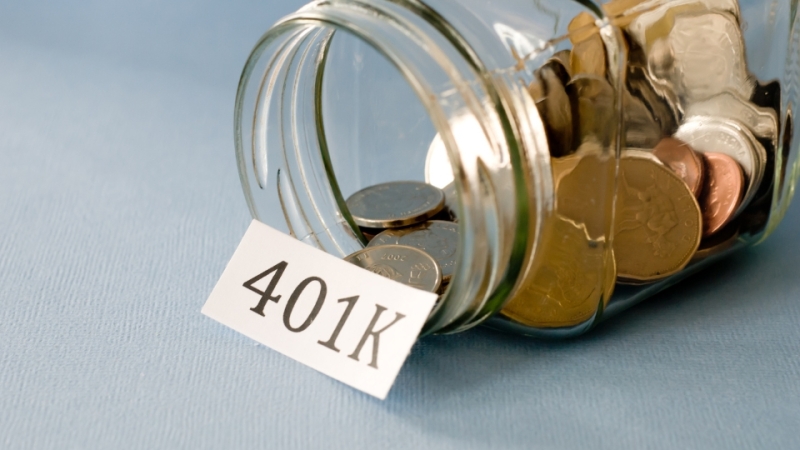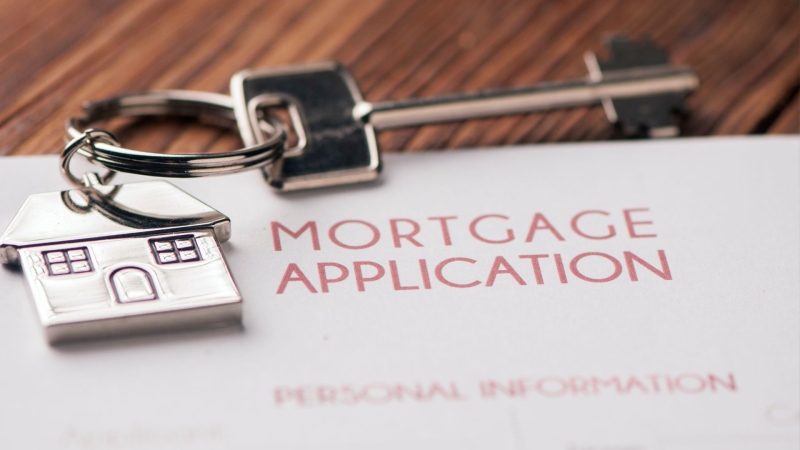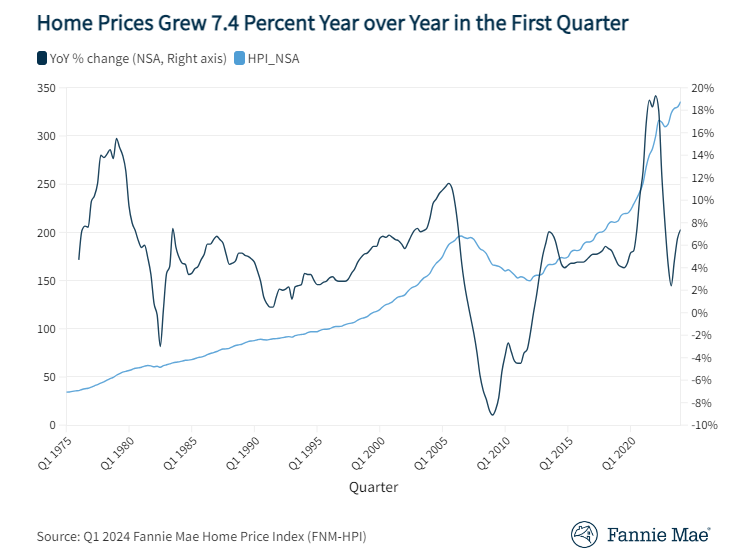Advertisement
Nearly 25 Percent of Q2 Nationwide Home Sales Were Foreclosures
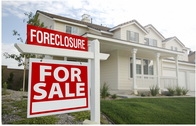
RealtyTrac has released its Q2 2012 U.S. Foreclosure Sales Report, which shows that sales of homes that were in some stage of foreclosure, or real estate-owned (REO) or bank-owned accounted for 23 percent of all U.S. residential sales during the second quarter—up from 22 percent of all sales in the first quarter and up from 19 percent of all sales in the second quarter of 2011.
“The second quarter sales numbers provide solid statistical evidence of what we’ve been hearing anecdotally from real estate agents, buyers and investors over the past few months: There is a limited supply of available foreclosure inventory to choose from in many markets,” said Daren Blomquist, RealtyTrac vice president. “Given this shortage of supply and the seasonally strong buyer demand in the second quarter, it’s no surprise that the average foreclosure-related sales price increased both on a quarterly and annual basis.
Although foreclosure-related sales as a percentage of total sales increased, the raw number of foreclosure-related sales in the second quarter (224,429) decreased 12 percent from the previous quarter and was down 22 percent from the second quarter of 2011—the first annual decrease in foreclosure-related sales after five quarters of increases.
The average foreclosure-related sales price in the second quarter ($170,040) increased six percent from the previous quarter and was up seven percent from the second quarter of 2011—the first annual increase in average price since Q2 2010 and the biggest annual increase since Q4 2006.
Homes in foreclosure or bank-owned sold at an average price that was 32 percent lower than the average price of a non-foreclosure home, up from a 30 percent discount in the first quarter and also a 30 percent discount in the second quarter of 2011.
The gap between REO sales and pre-foreclosure short sales continued to shrink in the second quarter, with bank-owned sales outnumbering pre-foreclosure sales by 9,833, the smallest difference since the third quarter of 2007. Pre-foreclosure sales outnumbered bank-owned sales in 13 states and the District of Columbia.
“Three straight months of increasing foreclosure starts through July may ease the inventory shortage somewhat in the coming months when many of these foreclosure starts translate into listed short sales or bank-owned homes,” Blomquist said. “The increase in short sales of properties that have not even started the foreclosure process indicates that lenders are moving further upstream to deal with their distressed inventory, thereby avoiding the increasingly complex and lengthy foreclosure process altogether.”
Third parties purchased a total of 107,298 pre-foreclosure homes—in default or scheduled for auction—during the second quarter, a decrease of 10 percent from the previous quarter and a decrease of nine percent from the second quarter of 2011. Pre-foreclosure sales accounted for 11 percent of all sales during the second quarter, up from 10 percent of all sales in the previous quarter and eight percent of all sales in the second quarter of 2011. Despite the national decrease, pre-foreclosure sales increased on a year-over-year basis in 16 states, including Michigan (42 percent increase), Illinois (35 percent increase), Connecticut (27 percent increase) and Massachusetts (27 percent increase).
Pre-foreclosure homes, which are often sold via short sale, sold for an average price of $185,062 in the second quarter, up five percent from a record low for the RealtyTrac report in the previous quarter but still down 1 percent from the second quarter of 2011.
The average sales price of a pre-foreclosure home in the second quarter was 26 percent below the average price of a non-foreclosure home, up from a 24 percent discount in the first quarter and a 18 percent discount in the second quarter of 2011.
Pre-foreclosure homes that sold in the second quarter took an average of 319 days to sell after starting the foreclosure process, up from from an average of 306 days in the previous quarter and up from an average of 245 days in the second quarter of 2011.
Third parties purchased a total of 117,131 REO homes in the second quarter, down 13 percent from the previous quarter and down 31 percent from the second quarter of 2011. REO sales accounted for 12 percent of all sales in the second quarter, the same percentage as in the first quarter but up from 11 percent of all sales in the second quarter of 2011. REOs sold for an average price of $155,892 in the second quarter, up six percent from the first quarter and up 10 percent from the second quarter of 2011. The average sales price of a bank-owned home in the second quarter was 37 percent below the average sales price of a non-foreclosure home, the same percentage discount as in the first quarter but down slightly from a 38 percent discount in the second quarter of 2011.
REOs that sold in the second quarter took an average of 195 days to sell after completing the foreclosure process, up from 178 days in the first quarter and also 178 days in the second quarter of 2011.
Foreclosure sales accounted for 43 percent of all residential sales in both Georgia and Nevada in the second quarter, the two highest percentages among the states despite decreasing foreclosure-related sales activity in both states.
California foreclosure-related sales in the second quarter decreased 10 percent from a year ago, but still accounted for 40 percent of all residential sales in the state—the third highest percentage of any state. The average price of a foreclosure-related sale in California during the second quarter was $248,676, an increase of 4 percent from the previous quarter and also an increase of four percent from the second quarter of 2011. Other states where foreclosure-related sales accounted for at least one in five sales in the second quarter were Michigan (35 percent), Arizona (33 percent), Illinois (27 percent), New Hampshire (24 percent), Colorado (22 percent), Wisconsin (22 percent), Minnesota (22 percent), Oregon (21 percent), and Florida (21 percent).
Foreclosure-related sales accounted for 57 percent of all residential sales in Modesto, Calif., the highest percentage of any of the nation’s 100 largest metropolitan statistical areas in terms of population. Six other California metro areas were in the top 10 in terms of percentage of foreclosure-related sales: Stockton (54 percent); Riverside-San Bernardino-Ontario (47 percent), Bakersfield (46 percent), Sacramento (45 percent), Fresno (44 percent), and Oxnard-Thousand Oaks-Ventura (39 percent). Metro areas outside of California with percentage of foreclosure-related sales ranking among the top 10 were Las Vegas (45 percent), Atlanta (45 percent), and Detroit (39 percent).
About the author


